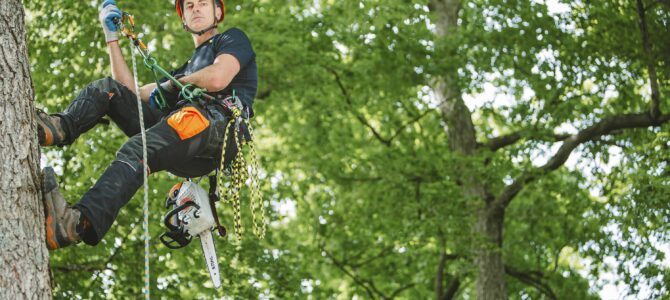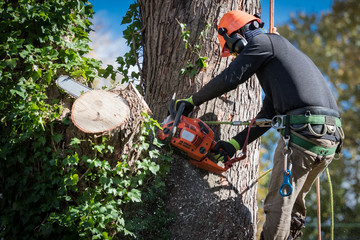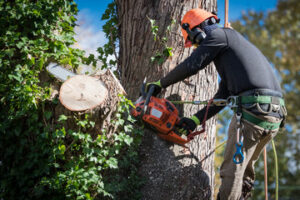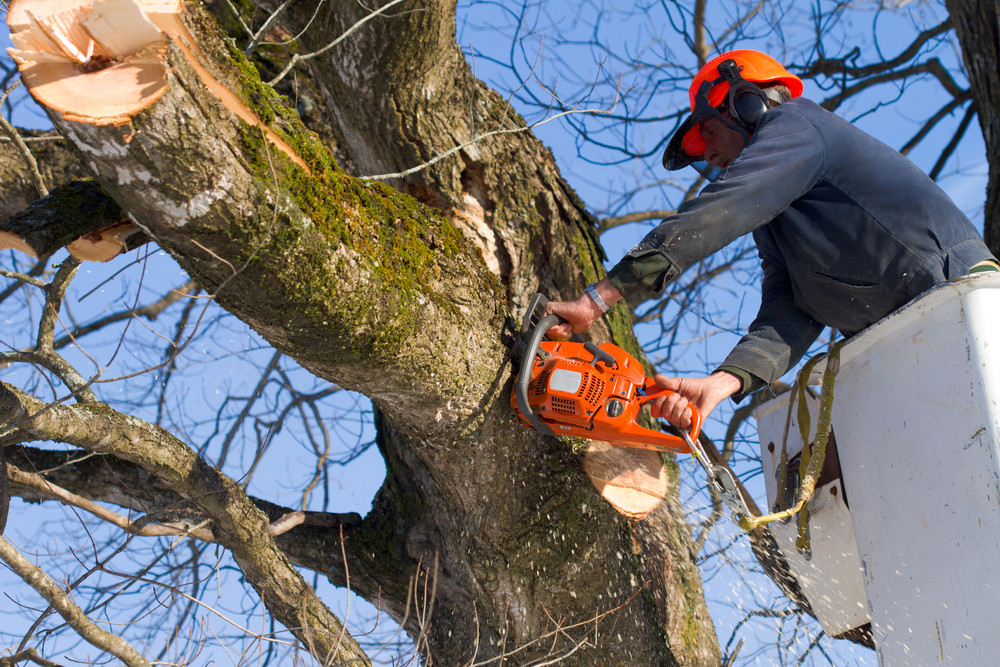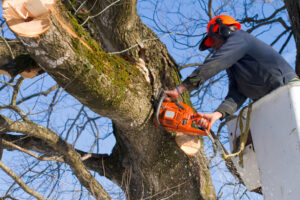The care you give trees in their first few years will greatly impact their lifespan. Here are some tips from ISA-Certified Arborists to help you get them off to a good start.
Palm Tree Trimming Phoenix helps prevent evaporation and provides the needed nutrients to the soil. Mulching reduces weed growth and mower/weed eater damage.
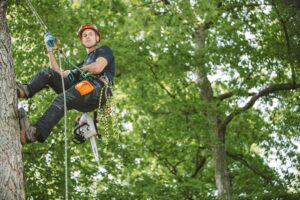
Water is one of the most important aspects of tree care and is often an area that gets overlooked. Most people are good at remembering to water houseplants and flowers, but trees need hydration too. This is especially true during dry weather and for young, recently planted trees.
Water requirements are based on a variety of factors, including species, age, soil conditions and climate. Young plants require more frequent and deep watering to establish their roots. Mature trees are more tolerant of drought and can be irrigated less frequently. The best way to determine how much to water is to check the soil moisture. Dig 4inches down for young trees and 6-12 inches for mature ones to see if the root zone needs watering.
To properly water, use a hose set to a slow drip and move it around the root zone. This will soak the ground and help avoid runoff or pooling. Watering too often can actually damage the soil, suffocating the roots and depriving them of oxygen.
Most lawn sprinklers are too shallow for a tree and only provide an inconsistent amount of water. It is recommended to install a rain or soil moisture sensor at the base of the tree, which will monitor the amount of rainfall and send an alert if the soil is lacking.
The most effective time to water is late in the afternoon or early evening. This is when evaporation is the lowest and most of the water will be absorbed.
Mulching also helps keep soil moist and prevents drying. A 2–4 inch layer of mulch insulates the roots and protects them from lawn mower cuts. Using an organic mulch also prevents grass and weeds from competing with the tree for moisture.
Mulching is one of the simplest and most effective ways to keep trees healthy. The soil beneath a thick layer of mulch stays warmer in winter and cooler in summer preventing major fluctuations in temperature that can slow tree growth and inhibit root function. Mulching also reduces evaporation in the summer keeping roots moist and minimizing watering requirements.
A thick layer of organic mulch also encourages the growth of beneficial fungus in the soil. While these fungi can be good or bad, the ones that are beneficial help suppress disease pathogens and prevent insect damage. In addition, mulching keeps grass and weeds from competing with the roots of a tree.
Keeping grass and weeds away from the base of a tree reduces competition for water and nutrients. This allows the root system to expand, and it also provides a barrier against lawnmowers and weed whips that can damage or kill the tree’s trunk and roots.
While there are many types of mulch available, we recommend using a natural wood-based material such as shredded leaves or twigs. These materials will break down slowly, releasing organic matter into the soil. This increases the nutrient content of the soil, and it also reduces compaction and provides a softer cushion for the roots. We suggest avoiding sand, rock, or wood chips because they don’t break down as well and tend to compact the soil.
Keep in mind that the amount of mulch needed varies according to the site and climate conditions, but it should always be kept a couple inches away from the base of a tree. Moisture from the mulch can lead to trunk rot and promote the growth of small roots around the base of the tree that can eventually strangle the tree.
Mulch is especially important in urban areas where the soil has been depleted of valuable organic matter and where heavy traffic causes erosion. A layer of mulch will improve the quality of the soil, and it can even be used to restore soil that has been disturbed by construction. For best results, a thick layer of organic material should be added to the ground no deeper than 4 inches after settling.
Pruning is a necessary part of tree care that helps maintain the health, appearance, and safety of your property. It is a process that removes dead or diseased limbs, balances the shape of the canopy, reduces storm damage, and prevents hazards to people and property. Proper pruning also encourages fruit production in trees and shrubs, manages growth, and enhances the overall landscape.
Overgrown or damaged trees can create safety hazards, impede the ability of other plants to receive sunlight and moisture, and provide entry points for insects and disease to spread. In addition, rotting or dying branches and limbs can fall and cause significant damage to your home and property. Regular pruning can help avoid these problems and keep your family, friends, and pets safe.
Regular pruning can promote healthy, attractive trees and shrubs that will improve the value of your property. It can correct structural defects, such as weak crotches or crossing stems, and encourage good branch structure by removing suckers, which tend to grow where branches leave the trunk. It can also prevent damage caused by heavy snow or winds and reduce the risk of failure from limbs that rub against power lines or buildings.
The proper time to prune varies by plant species, climate conditions, and other factors. In general, most shade and ornamental trees and some deciduous shrubs should be pruned while they are dormant in winter or spring, before growth begins. This is the best time to minimize wound damage and decay, as well as to allow the cambium layer, which is responsible for opening and closing wounds, to initiate the healing process.
Certain types of pruning are not recommended for all plants, such as topping, which involves cutting off the topmost portion of a tree to reduce its height. This can weaken a tree and reduce its ability to resist damage from wind or to provide shelter and food for wildlife. It can also remove a significant amount of vital energy reserves from the plant, which will require a long recovery period. It is important to consult an expert when choosing pruning techniques and times for your landscape.
Often, these trees and shrubs are not only unhealthy, but they also pose risks to people and property. Keeping your yard, garden, and the surrounding property safe, requires regular inspections for pests, diseases, and invasive plant species as well as proper trimming and pruning.
In a nutshell, trimming is the removal of branches, limbs, and roots that are unnecessary or posing a risk. This is a crucial part of tree care and should be performed regularly by professional arborists. This is done to reduce damage from storms, improve safety and aesthetics, promote growth, and help protect property from the elements.
Pruning also allows more light to reach the ground and other areas of the landscape. It prevents crowded or overgrown branches from scraping against your home, falling onto roofs, or hitting power lines during storms. Likewise, it can also prevent branches from overhanging or blocking pedestrian or vehicular passageways and vistas.
Additionally, it is important to trim and prune a tree in the early stages of disease or insect infestation to prevent further deterioration and to minimize the impact on the rest of the tree. ISA Certified Arborists know the best time to perform this service and can spot red flags such as discolored leaves, cankers, holes, and other signs of disease before it spreads.
Lastly, proper trimming promotes healthy root growth and helps your tree grow taller and stronger. It can also help with nutrient absorption. If your trees have too many branches, the roots may struggle to absorb the necessary nutrients from the soil. This can lead to a condition known as “root loss,” where the roots of your tree may not be receiving adequate oxygen or water, leaving them exhausted and insufficient energy to survive. Regular trimming can help prevent this from occurring by eliminating dead or damaged branches that will otherwise limit a tree’s ability to absorb nutrients. This is a common problem that can be prevented with routine trimming services.
